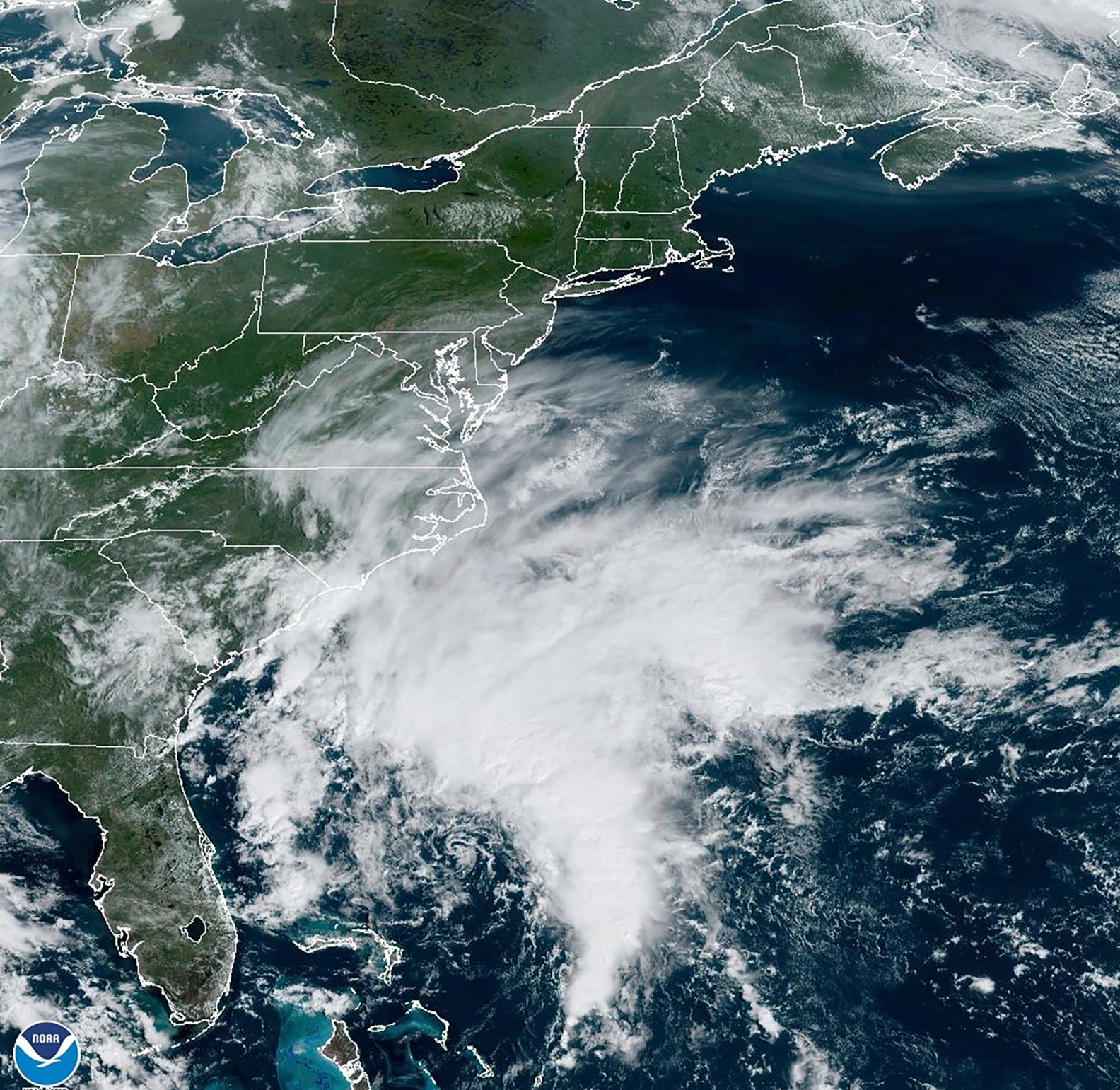Tropical storm warning issued for US East Coast ahead of potential cyclone, forecasters say
A tropical storm warning is in effect from coastal North Carolina to Delaware ahead of a potential tropical cyclone that's headed toward the East Coast

Your support helps us to tell the story
From reproductive rights to climate change to Big Tech, The Independent is on the ground when the story is developing. Whether it's investigating the financials of Elon Musk's pro-Trump PAC or producing our latest documentary, 'The A Word', which shines a light on the American women fighting for reproductive rights, we know how important it is to parse out the facts from the messaging.
At such a critical moment in US history, we need reporters on the ground. Your donation allows us to keep sending journalists to speak to both sides of the story.
The Independent is trusted by Americans across the entire political spectrum. And unlike many other quality news outlets, we choose not to lock Americans out of our reporting and analysis with paywalls. We believe quality journalism should be available to everyone, paid for by those who can afford it.
Your support makes all the difference.A tropical storm warning was issued Thursday from coastal North Carolina to Delaware ahead of a potential tropical cyclone that's headed toward the East Coast.
The National Hurricane Center announced “Potential Tropical Cyclone Sixteen” on Thursday morning. The disturbance was located about 370 miles (595 kilometers) southeast of Charleston, South Carolina, forecasters said, and moving north at 9 mph (15 kph).
The tropical storm warning is in effect from Cape Fear, North Carolina, to Fenwick Island, Delaware. It also includes the Chesapeake Bay south of Smith Point, and Albemarle and Pamlico Sounds.
A storm surge watch was also issued from Surf City, North Carolina, to Chincoteague, Virginia. The hurricane center said storm surge between 2 and 4 feet (.6 to 1.2 meters) was expected.
Maximum sustained winds were 35 mph (55 kph). The National Hurricane Center said the center of the cyclone could reach the North Carolina coast around Friday night and early Saturday.
Meanwhile, Hurricane Nigel was still moving quickly over the open waters of the Atlantic Ocean as a Category 1 storm. The hurricane center said Nigel's maximum sustained winds were 85 mph (140 kph). The system was centered about 505 miles (815 kilometers) southeast of Cape Race, Newfoundland, and moving northeast at 30 mph (48 kph).
Forecasters expected Nigel would weaken over the next couple of days. It could become a post-tropical cyclone on Thursday night or early Friday.
____
Follow AP’s climate coverage at: https://apnews.com/hub/climate-and-environment